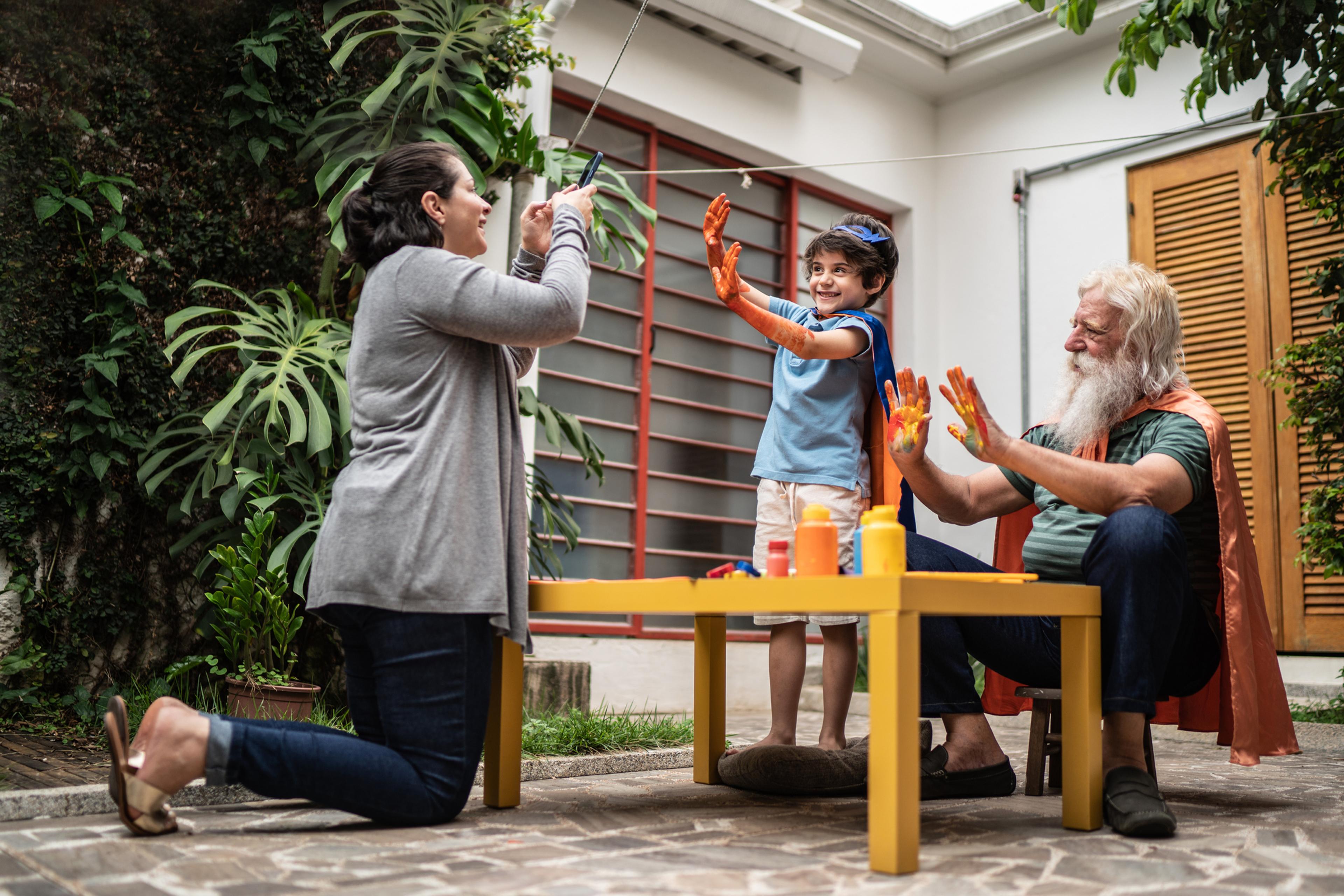
Autism spectrum disorder (ASD) is a complex developmental condition involving persistent challenges with social communication, restricted interests, and repetitive behavior.
Currently, the Centers for Disease Control and Prevention (CDC) estimate that 1 in 36 children have been identified with ASD, a condition that is more than 4 times more common among boys that it is among girls.
April, which is Autism Awareness Month, has a national campaign promoting the inclusion and appreciation of those living with the disorder. Join the effort by learning more about early recognition, the diagnosis and treatment options available.
What is the “Autism Spectrum?”
Autism spectrum disorder manifests itself in a wide variety of behaviors based on symptom type and severity. Prior to 2013, autism was diagnosed using one of three conditions: autistic disorder, Asperger’s syndrome, and pervasive developmental disorder—not otherwise specified (PDD-DOS). Today, this spectrum disorder, which includes verbal and nonverbal challenges, has links to a group of complex neurodevelopmental conditions. Autism can present itself differently in each person. While some individuals may exhibit notable speech delays and intellectual disabilities, others can experience barriers such as little to no language and/or have unusual interests and difficulty following social cues. It’s not uncommon for those on the spectrum to struggle in certain areas, while easily excelling in others. Communication and socialization issues may often be paired with a high aptitude for math, science, art or music.
Early Signs
Signs of autism generally arise during early childhood. While certain signs are distinct, others may prove to be less obvious.
Communication-related signs:
- Avoids or does not keep eye contact
- Does not play simple interactive games like pat-a-cake by 12months of age
- Does not point to show you something interesting by 18 months of age
- Does not respond to name by 9 months of age
- Does not show facial expressions like happy, sad, angry, and surprised by 9 months of age
- Does not share interests with others by 15 months of age (for example, shows you an object that they like)
- Uses few or no gestures by 12 months of age (for example, does not wave goodbye)
Restricted or repetitive behaviors or interests:
- Is focused on parts of objects (for example, wheels)
- Flaps hands, rocks body, or spins self in circles
- Gets upset by minor changes
- Has obsessive interests
- Has unusual reactions to the way things sound, smell, taste, look, or feel
- Lines up toys or other objects and gets upset when order is changed
- Repeats words or phrases over and over (called echolalia)
Other Characteristics
- Anxiety, stress, or excessive worry
- Delayed language skills
- Delayed movement skills
- Delayed cognitive or learning skills
- Epilepsy or seizure disorder
- Gastrointestinal issues (for example, constipation)
- Hyperactive, impulsive, and/or inattentive behavior
- Lack of fear or more fear than expected
- Unusual eating and sleeping habits
- Unusual mood or emotional reactions
To diagnose autism spectrum disorder, a physician can use the Diagnostic and Statistical Manual (DSM-V) of the American Psychiatric Association. This tool provides guidelines to help identify and separate autism symptoms from similar disabilities.
Developmental pediatric specialists/pediatricians may also use the Modified Check list for Autism in Toddlers (M-CHAT), the Childhood Autism Rating Scale (CARS), or The Autism Observation Diagnostic Schedule (ADOS), which was developed at the University of Michigan to evaluate children between 12 and 30 months.
Treatment
There is no single treatment for autism. Physicians often work with the family to create a plan that’s tailored to the patient’s symptoms and individual needs. Some treatment options may include:
- Medication: While medication cannot cure autism, it can help manage related symptoms and complications stemming from the disorder. Anxiety, depression, high energy levels and seizures can all be regulated through medication.
- Therapy: Therapy is a joint effort between the family, patient, physician and specialty trained multidisciplinary professionals that emphasizes structure, direction and organization. Behavioral therapy focuses on positive actions and relationship development. Occupational therapy encourages independence through mastering daily tasks such as bathing, dressing and eating. Speech therapy helps to improve verbal and non-verbal communication skills, while sensory integration teaches how to cope with sights, sounds and smells.
- Dietary Changes: There is little scientific evidence that supports autism treatment through a modified diet. Yet, some medical professionals experience varying degrees of success on a case-by-case basis. Dietary changes can include the removal of certain foods, or the addition of vitamins and minerals.
If you enjoyed this post, you might also like:
- Autism Awareness Month: Jonathan's Story
- Meeting a Role Model: Sesame Street's Julia Visits Detroit
- Understanding Autism in Children
Photo credit: Katarzyna Bialasiewicz






